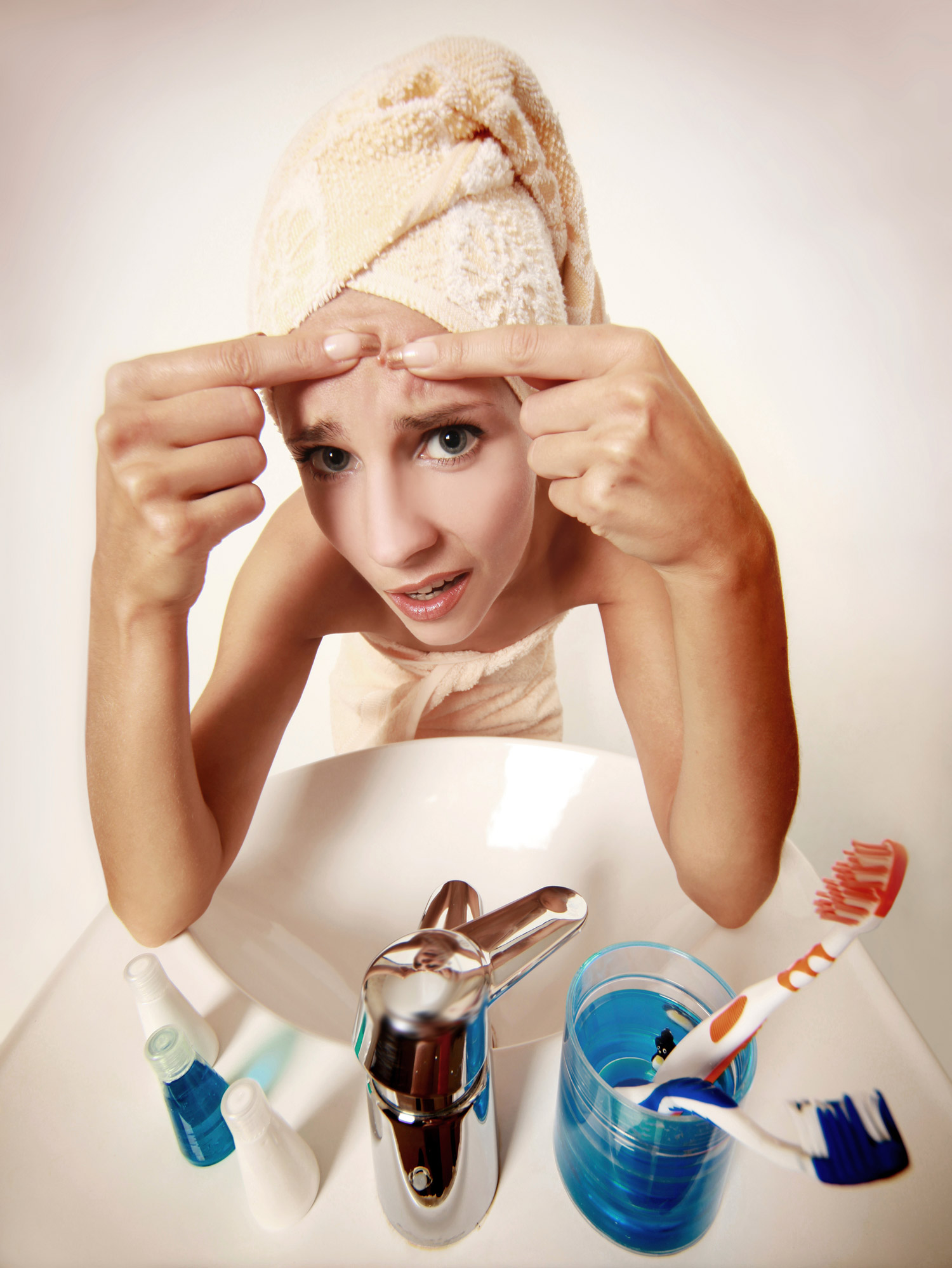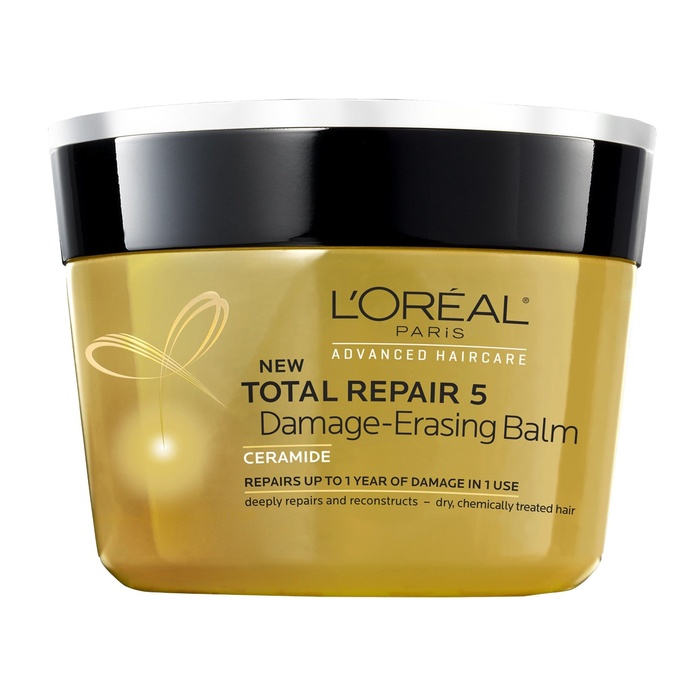Table Of Content

Different types of pimples respond to different medications. Papules and pustules often respond well to over-the-counter (OTC) treatments, while cysts and nodules may require specialized treatment. When the pore ruptures, the body sends white blood cells to fight bacteria. A mixture of pus, dead skin cells, and excess oil gives a pustule its white cap. A pimple is caused by excess oil or dead skin that builds up within a pore in your skin.
Folliculitis
Sometimes, other rashes or skin infections may look like pimples. Pain, itching, growth into larger bumps, and accompanying fevers are signs that you may need to see a doctor. It’s a good idea to talk with a doctor about any concerning bumps or lumps that you notice on your scalp. They can diagnose your condition and recommend a treatment plan. The causes of bumps on your scalp range from benign conditions like a temporary allergic reaction to more serious conditions like skin cancer.

Avoid Adding Oils
5 Shampoos That'll Clear Up Scalp Acne — Because, Yes, That's A Thing - Refinery29
5 Shampoos That'll Clear Up Scalp Acne — Because, Yes, That's A Thing.
Posted: Tue, 06 Jun 2023 07:00:00 GMT [source]
Pimples on your hairline are annoying, but you can treat them. You can buy over-the-counter face washes and other products with ingredients such as salicylic acid, benzoyl peroxide, or topical retinols. Some cosmetics products, such as concealer and foundation, can clog the pores and lead to acne along the hairline. This particular type of acne is also called acne cosmetica. As with most skin treatments, clearing up your head acne probably won’t happen overnight, so patience is key. “You should notice fewer new pimples and the old ones starting to clear in about six to eight weeks,” says Dr. Clay-Ramsey.
Conditions
If you practice these tips but still get breakouts along your hairline, talk to a dermatologist. They can help you get to the bottom of your acne issues and recommend a treatment. One of the best ways to combat pimples with hair inside is to ensure you’re shaving properly.
What to Know About Scalp Acne
Eyebrow acne is a thing—Vogue asked a dermatologist how you can care for it - VOGUE India
Eyebrow acne is a thing—Vogue asked a dermatologist how you can care for it.
Posted: Fri, 16 Jun 2023 07:00:00 GMT [source]
After you and your healthcare provider determine what caused scalp acne and you begin treatment, it could take up to six weeks before all of your pimples clear up. If you don’t see your acne clear up after six weeks, contact your healthcare provider. Scalp acne refers to breakouts that happen on your scalp.

It’s best to try and not scratch at the spots because you don’t want to open them up (this could possibly cause a worse infection of the hair follicle). A light moisturizer containing salicylic acid is a good option for small spots on your scalp, and it won't bleach your hair either. But if your acne continues or gets really severe, consider talking to a dermatologist about an oral or topical medication that might work better for you. Scalp folliculitis is caused by blocked, injured, or irritated hair follicles. It can be treated with self-care, such as washing the hair with shampoo, avoiding shaving the head, and applying a warm, moist cloth. Treatment may also include medications such as antibiotics, mild steroids, antihistamines, or isotretinoin.
Acne cosmetica, scalp folliculitis, and acne keloidalis nuchae are both conditions that can cause pimple-like bumps on the scalp. They often occur on the frontal hairline, can be itchy or sore, and often become crusted. Mild folliculitis will likely heal without scarring in a few days with basic self-care. More-serious or repeat infections may need prescription medicine. Left untreated, severe infections can cause permanent hair loss and scarring.
Ringworm on the scalp
Pimples are clogged pores (hair follicles) that have become inflamed. They're generally the result of the overproduction of oil in your skin combined with bacteria. This type of acne can feel quite difficult to treat, especially when you’re not sure what causes it, but luckily with the right treatment, you can make it a thing of the past. Keep reading to hear what they had to say about acne on your hairline. A variety of health issues can cause bumps to form on the scalp, including sweating, folliculitis, acne, head lice, and eczema. Treatment will depend on the cause but may include medicated shampoos, ointments, and other topical products.
Folliculitis is usually diagnosed during a physical exam with your healthcare provider. This can be done during an appointment and in most cases, you do not need to see a skincare specialist. Your primary care physician is usually able to diagnose folliculitis and provide a treatment plan. In certain, severe or persistent cases, an appointment with a dermatologist is recommended.
Aldactone (spironolactone) is another oral medication used to treat acne caused by menstrual-related hormone fluctuations. They can take several weeks to several months to fully heal. That's why these blemishes are also called whiteheads. The rupture triggers inflammation in and around the follicle. This is what creates the firm red bump we call a pimple. After diagnosing, they will describe the treatments, including surgical and nonsurgical options.
Whether you shave, wax, epilate, sugar, or tweeze, odds are you've likely encountered an ingrown hair or two in your lifetime. While very common, these pesky bumps are still a nuisance. Plus, when they're in places such as the pubic area and near your vulva—where skin is more delicate and sensitive—they can be painful, too. If a person has an underlying health condition that weakens their immune system, they may be at a higher risk of scalp folliculitis.
Continue seeing a dermatologist to ensure you are using an effective medication with as few side effects as possible. Some of the treatments listed above, like Accutane and oral antibiotics, require careful follow-up for your safety. Acne typically results from physiologic changes beyond your control.
Nodules and acne cysts may require help from a dermatologist. A dermatologist can give you a cortisone injection or prescribe medication that will help clear up your skin. Though not specifically an acne medication or commonly prescribed, Aldactone works to treat acne by suppressing androgens. Acne breakouts related to the menstrual cycle can be controlled with oral contraceptives, also known as birth control pills. These work to reduce oil gland secretions by suppressing hormones known as androgens.
Also, tell your provider about the supplements and medications you currently take to avoid drug interactions. Treatment for scalp acne varies based on what causes your hair follicles to clog. If you have a sudden eruption of scalp acne, your healthcare provider might offer additional blood tests to rule out conditions that could cause your acne. While acne causes pimples on your skin, there are differences between acne and pimples. These could be a different color from your normal skin tone, fluid-filled or inflamed. You can have an occasional breakout of pimples without having acne.

No comments:
Post a Comment